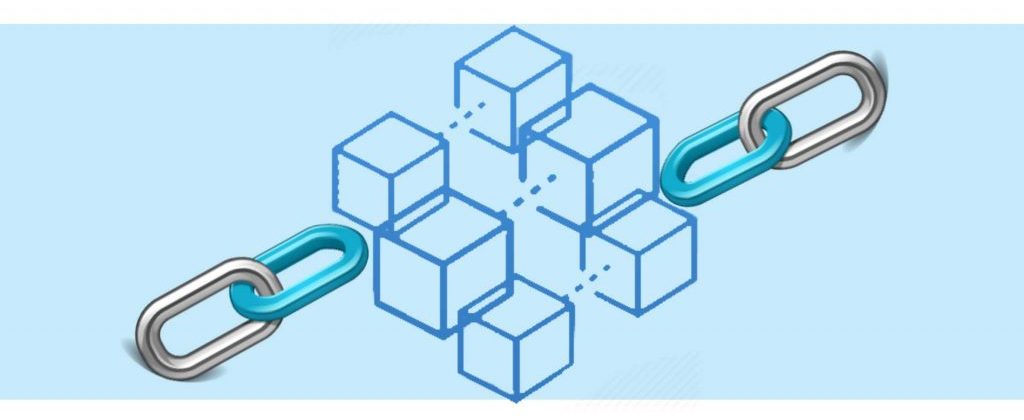
Blockchain @ Supply Chain
by Mr. N. Jayendran, Chief Technology Officer.
Supply chains encompass the end-to-end flow of information, products & services, and money. The way an organization manages its supply chain determines its competitive positioning. Organizations are exploring innovative methods to streamline and optimize their supply chains to meet evolving consumer demands. Today’s supply chains transcend organizational and geographical boundaries and are forced to be responsive to changing customer demands and thereby to the information needs across its length. Supply chains are no longer traditional networks of OEMs and suppliers but are vast dynamic ecosystems, involving diverse product variants and multiple parties, all trying to coordinate work together, to cater to the evolving, varying demands. Collaborative Commerce between players is the order of the day. Thus Trust, Transparency, Communication, Collaboration, Flexibility, Traceability and Responsiveness are, today, hygiene factors of a supply chain and are possible to be achieved by the inclusion of blockchain in supply chain. There is a strong need for an “always-on”, digital backbone that the players can harness to share information and assets.
Over the last few decades, organizations did mature with their ERP and supply chain software systems. However, these systems were silos for long, rarely integrated with the adjacent tiers to provide a cohesive information chain to the entire length and to all the players involved.
Blockchain Technology helps organizations to approach supply chain management from an elevated “Ecosystem level” and to transcend from islands of insight to an integrated global view.
How does Blockchain work?
A blockchain is a distributed, digital ledger that records transactions in a series of blocks. The ledger is secure because each new block of transactions is linked back to previous blocks in a way that makes tampering practically impossible. It exists in multiple copies spread over multiple computers. As it is decentralized, it does not depend on any single entity for safekeeping. The nodes connected to the blockchain network get updated versions of the ledger as new transactions are made. The multiple copies of the ledger are the “truth” about every transaction made so far in the blockchain. Trying to falsify the ledger by falsifying the copies at all the nodes is impossible, thus making the technology immutable.
Some of the most important benefits
Blockchain establishes and ensures “Mutual Trust” between the players. This in-turn facilitates seamless and quick processes by reducing bottlenecks as there is no longer a requirement for certification by third parties. It helps replace hardcopy documents with digitized and secured ones thus minimizing risks owing to fraud and counterfeits.
Blockchain can provide digital identity for all physical goods and the players involved in the supply chain. It can provide a trail of complete chain of custody for every item from their origin to the point of sale thus instilling increased confidence in the authenticity, history and the quality of goods. Product recall, as required, can be effectively managed.
Blockchain help organizations drive commercial mileage out of volumes purchased by just not themselves but also the other players in the ecosystem. The technology platform helps fight the ill-effect of bullwhips of the conventional supply chains.
The delayed payments and its effect on the working capital is evaded by effective use of “Smart-contracts” capabilities of blockchain. The peer-to-peer capabilities of blockchain enables organizations to effectively use it for payments, inter-entity and cross-border with mutual trust and saving on the transaction commissions.
Successful implementation
Success of a Blockchain project depends on its meticulous planning and the extent of collaboration that an organization does with the relevant stakeholders. Setting clear outcome expectations is an essential prelude to identifying an apt usecase, be it payment or a contract that drives the payment. It’s imperative that the usecase not only cuts into operations across the organization’s boundary involving other players but also benefits them. The consortium identifies and agrees upon mutually suitable platform build, configure, hold and run the usecase. Mechanisms of recording data into the blockchain and retrieval are to be planned for. Its recommended that a project is piloted well, laying out well the objective parameters of success before it is scaled for a full-blown Implementation.
Supply chains across industries and countries will be reimagined, improved and disrupted by blockchain technologies. Blockchain provides safer and more efficient ways to connect with business partners as well as to track and exchange any type of asset. The ability to deploy it to create the next generation of digital supply chain networks and platforms will be a key element in business success.